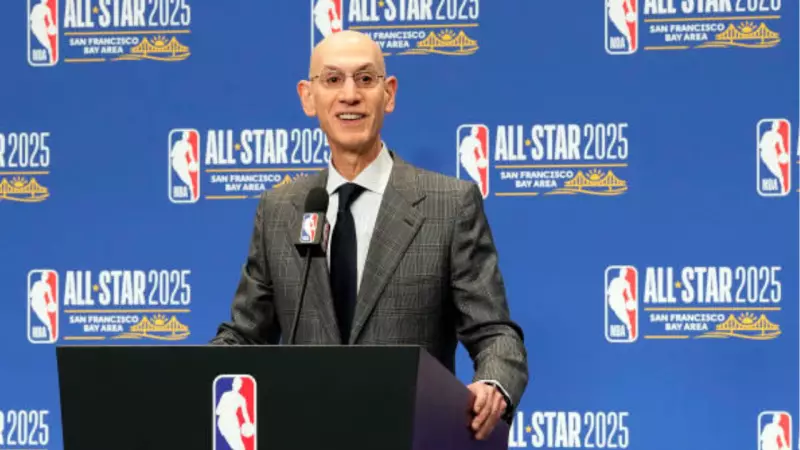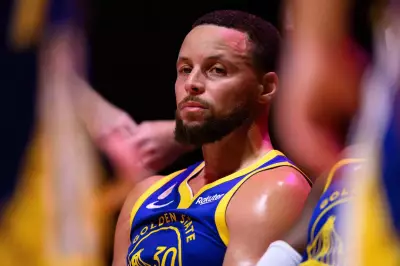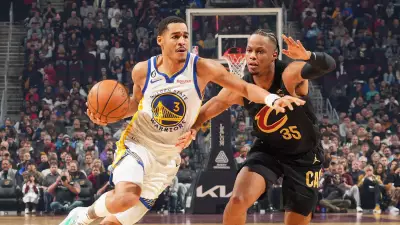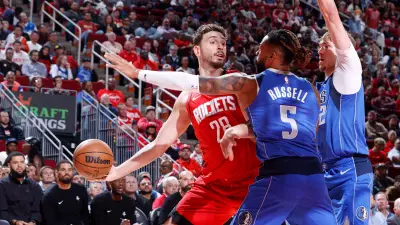
In a much-anticipated statement that has set the sports world abuzz, NBA Commissioner Adam Silver has finally broken his silence on the ongoing WNBA compensation debate. The league chief didn't mince words when he pointed to the stark revenue difference between the men's and women's leagues as the fundamental reason behind the pay disparity.
The Revenue Reality Check
Silver emphasized that while the WNBA has shown remarkable growth and increasing popularity, the financial numbers tell a different story. "There's so much more revenue in the NBA," Silver stated bluntly, highlighting the economic reality that dictates player compensation across both leagues.
The commissioner's comments come at a crucial time when WNBA stars and advocates have been vocal about the significant pay gap between male and female professional basketball players. Despite the women's league generating increasing television ratings and fan engagement, the financial ecosystem remains vastly different.
Growing Pains and Future Prospects
Silver acknowledged the WNBA's impressive trajectory, noting that the league is "on a great path" and has been experiencing substantial growth in recent seasons. However, he stressed that the revenue streams simply aren't comparable to the NBA's massive television deals, sponsorship agreements, and global merchandise sales.
The NBA commissioner outlined several key factors contributing to the revenue disparity:
- Television rights deals that dwarf WNBA contracts
- Global brand recognition and international market penetration
- Decades of established fan bases and corporate partnerships
- Massive arena attendance and ticket pricing differences
The Path Forward
While being realistic about the current financial landscape, Silver expressed optimism about the WNBA's future. He highlighted the league's growing television audiences, increased sponsorship interest, and the emergence of new superstar talent as positive indicators for long-term financial growth.
"The foundation is being built for sustainable success," Silver remarked, suggesting that as the WNBA continues to expand its revenue streams, player compensation will naturally follow an upward trajectory.
The commissioner's candid assessment provides crucial context to the ongoing conversation about pay equity in professional sports, offering both a reality check about current economic realities and hope for a more balanced future as women's basketball continues its impressive growth journey.





